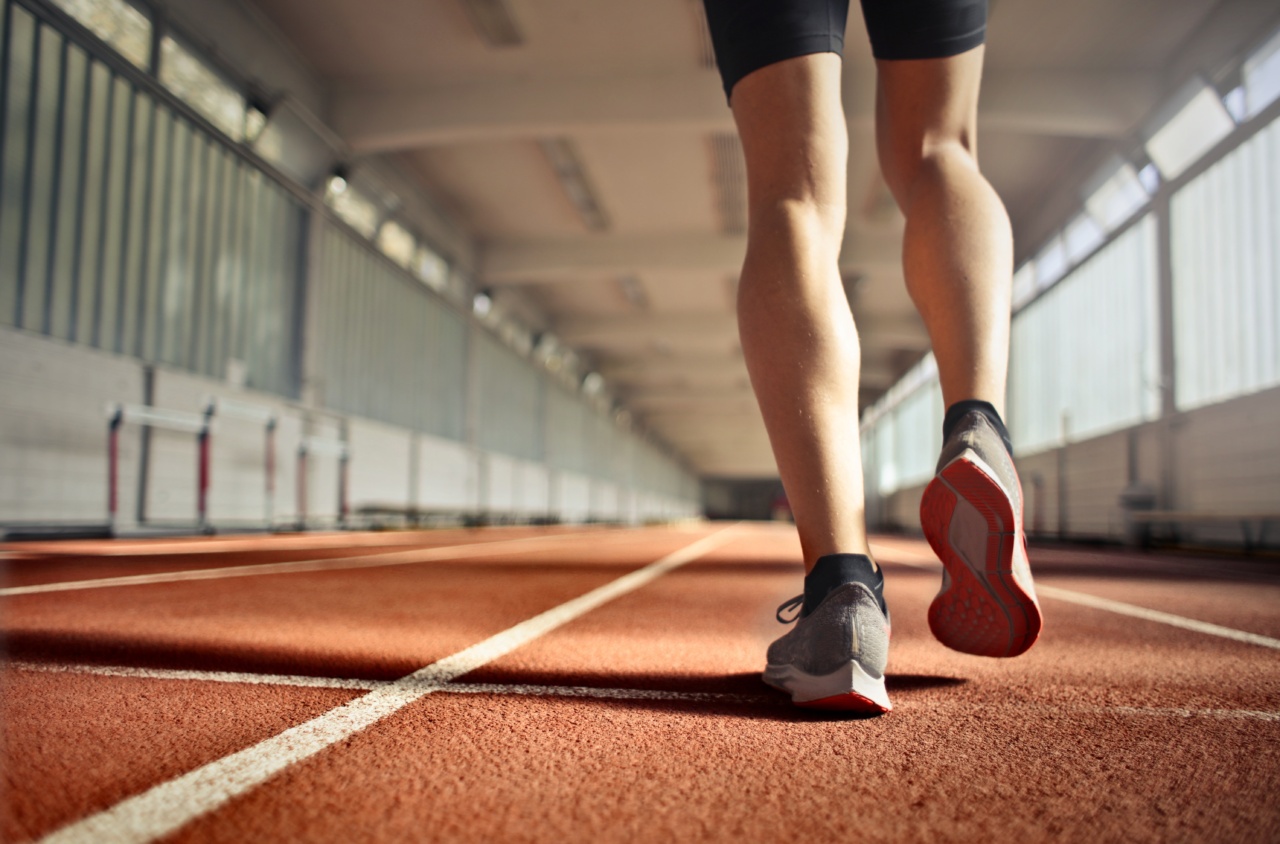Athlete’s foot, also known as tinea pedis, is a common fungal infection that affects the skin of the feet.
It is highly contagious and can be transmitted through direct contact with infected surfaces or by sharing contaminated items such as towels, socks, or shoes. This condition mainly affects athletes and individuals who frequently use communal spaces like locker rooms or swimming pools. If left untreated, athlete’s foot can lead to discomfort, pain, and further complications.
In this article, we will provide a comprehensive guide on athlete’s foot, including its causes, symptoms, treatment options, and prevention strategies.
What causes athlete’s foot?
Athlete’s foot is caused by a group of fungi called dermatophytes. These fungi thrive in warm and moist environments, making the feet an ideal breeding ground.
The condition is commonly spread in environments where people walk barefoot, such as locker rooms, public showers, or swimming pool areas. There are several risk factors that can increase the likelihood of developing athlete’s foot:.
- Poor foot hygiene
- Sweaty feet
- Wearing tight or non-breathable shoes
- Having a weakened immune system
- Walking barefoot in public places
- Sharing personal items with an infected individual
Signs and symptoms of athlete’s foot
The symptoms of athlete’s foot can vary from person to person, but some common signs include:.
- Itching and burning sensation on the feet
- Redness and inflammation
- Blistering or peeling skin
- Dry or cracked skin
- Thick, discolored toenails
- Unpleasant odor
These symptoms often appear between the toes but can also spread to other areas of the feet, such as the soles or sides. Severe cases of athlete’s foot may cause additional complications like bacterial infections or cellulitis.
Treatment options for athlete’s foot
Fortunately, athlete’s foot is a highly treatable condition. Mild cases can usually be managed with over-the-counter antifungal creams, sprays, or powders.
It is important to follow the instructions provided on the product packaging and continue treatment for the recommended duration, even after the symptoms have subsided. In more severe or persistent cases, a healthcare professional may prescribe stronger antifungal medications, either in topical or oral form.
In addition to medication, there are several self-care measures that can help alleviate symptoms and prevent the recurrence of athlete’s foot:.
- Keep the feet clean and dry
- Avoid walking barefoot in public places
- Wear moisture-wicking socks and breathable shoes
- Alternate shoes to allow them to dry completely
- Avoid sharing personal items like towels or nail clippers
- Use antifungal powders or sprays in shoes
- Avoid scratching or picking at infected areas
- Wash and dry feet thoroughly, especially between the toes
Prevention strategies for athlete’s foot
Preventing athlete’s foot is essential, especially for individuals who are more susceptible to fungal infections. Here are some preventive measures to consider:.
- Regularly wash and dry feet, paying attention to the spaces between the toes
- Avoid prolonged exposure to moist environments
- Wear breathable shoes made of natural materials
- Change socks and shoes daily
- Use antifungal powders or sprays before putting on shoes or socks
- Keep your toenails clean and trimmed
- Avoid sharing personal items such as socks, shoes, or towels
- Refrain from walking barefoot in public areas
- Treat any existing fungal infections promptly to prevent spreading
- Avoid wearing tight-fitting shoes or those made of synthetic materials
When to seek medical attention
In most cases, athlete’s foot can be effectively managed with over-the-counter treatments and self-care measures. However, it is important to consult a healthcare professional if:.
- The symptoms persist or worsen despite treatment
- There is increased pain, swelling, or redness in the feet
- Signs of infection (pus, fever, or excessive swelling) develop
- The infection spreads to other parts of the body
- You have a weakened immune system
A healthcare professional can provide a proper diagnosis and prescribe stronger antifungal medications if necessary. They can also rule out other potential skin conditions that may mimic the symptoms of athlete’s foot.
Conclusion
Athlete’s foot is a common fungal infection that primarily affects the skin of the feet. It can cause discomfort, itching, and inflammation if left untreated.
While the condition is highly contagious, it can be prevented and managed through proper hygiene practices and early treatment. By following the preventive measures outlined in this article, individuals can reduce their risk of contracting athlete’s foot and maintain healthy, fungus-free feet.





























